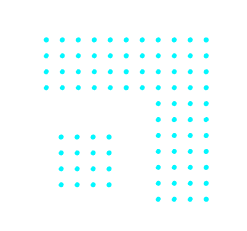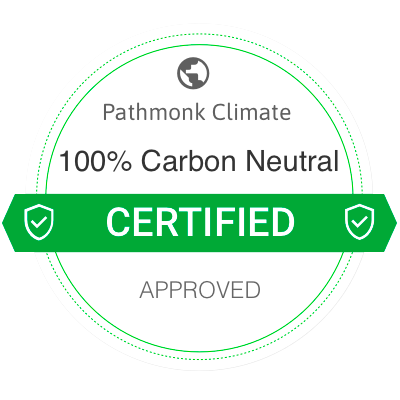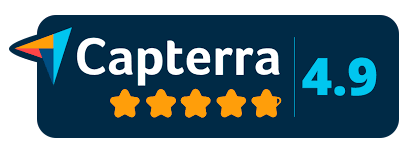The age of manual PPC management is over.
We’ve entered a new era where machine learning models, not human marketers, decide which queries to match, which headlines to write, and how much to bid in the next millisecond. Google’s AI Max, Microsoft’s Copilot, and other platform-driven systems are rewriting the rules of paid search.
On paper, this is a dream: faster optimization, broader reach, and higher conversion potential.
In reality, it’s an arms race: your AI against theirs.
The platforms’ algorithms are powerful, but they don’t share your business goals, brand guardrails, or tolerance for risk. Without your own intelligence layer—an AI-driven system that interprets intent, feeds clean signals back to the platforms, and enforces brand-safe automation—you’re operating inside someone else’s black box.
The future of PPC won’t belong to the biggest spender; it will belong to the advertiser who teaches their AI to think smarter than the competition’s.
Let’s shed some light on this.
Table of Contents
How did we go from keyword research to search intent?
For two decades, PPC was built on a simple idea: match the right keywords to the right bids, at the right time. The logic was mechanical, and the marketer’s job was to fine-tune targeting, craft high-performing ad copy, and manage budgets. That era is gone.
AI has shifted the game from keyword targeting to intent orchestration. Large Language Models (LLMs) and advanced algorithms no longer need explicit keyword lists to understand a user’s needs: they can infer context, motivation, and stage in the buying journey from patterns in behavior, search phrasing, and even session-level micro-signals.
This shift is seismic for three reasons:
- Context now trumps syntax: Queries like “best way to ship a car” and “how to transport a vehicle cross-country” may never share a keyword, but AI understands they carry identical commercial intent.
- Intent clusters replace ad groups: Rather than optimizing around a handful of exact or phrase-match terms, campaigns will evolve into dynamic clusters of intent themes that expand and contract based on real-time data.
- Audience definition becomes fluid: In an AI-driven PPC landscape, targeting isn’t limited to who is searching, it extends to who will be searching, predicted from behavioral signals long before the query is typed.
For marketers, this means the competitive edge no longer comes from who can outbid on a keyword. It comes from who can define, interpret, and act on intent faster and more accurately than the platforms themselves. In this new PPC economy, precision targeting doesn’t just reduce wasted spend: it feeds cleaner, more relevant signals back into platform AI, compounding results over time.
The black box problem: Platform AI is not your AI
The rise of platform-led automation—Google’s Performance Max, AI Max for Search, Microsoft’s Copilot—promises efficiency at scale. But there’s a trade-off: the more control you hand over, the less visibility you have into how decisions are made.
Platform-level AI optimizes for its goals, not yours.
Its primary objective is to maximize clicks, impressions, and ultimately revenue for the platform. Your goals—profitable conversions, precise targeting, brand safety—are secondary.
This misalignment becomes clear when automation starts drifting into irrelevant or even damaging territory:
- A campaign for “used SUVs” starts matching to “cheap moving trucks.”
- An ad for “MBA programs in Boston” appears for “community college online courses.”
- A luxury furniture brand sees 30% of spend redirected toward “dorm decor.”
These aren’t edge cases unfortunately, they’re the everyday reality of broad match and fully automated campaigns left unchecked.
The underlying issue is opacity. Search term reports are thinner. Negative keyword gaps are harder to identify. Creative-to-query alignment is hidden behind aggregate performance dashboards.
Without access to the raw signals that once shaped PPC strategy (search queries, auction insights, segment-level performance) advertisers are effectively flying blind inside a black box. And in a world where AI systems are making billions of micro-decisions in milliseconds, flying blind is the fastest route to wasted spend and diluted brand positioning.
The solution isn’t to reject platform AI; it’s to counterbalance it with your own. That means deploying an advertiser-side intelligence layer, one that maps intent with precision, enforces brand guardrails, and feeds better data back into the platforms. In an AI-vs-AI world, the side with cleaner, smarter signals wins.
Generate better leads to grow your sales
Discover new strategies to unlocking a flood of high-quality leads from your website.
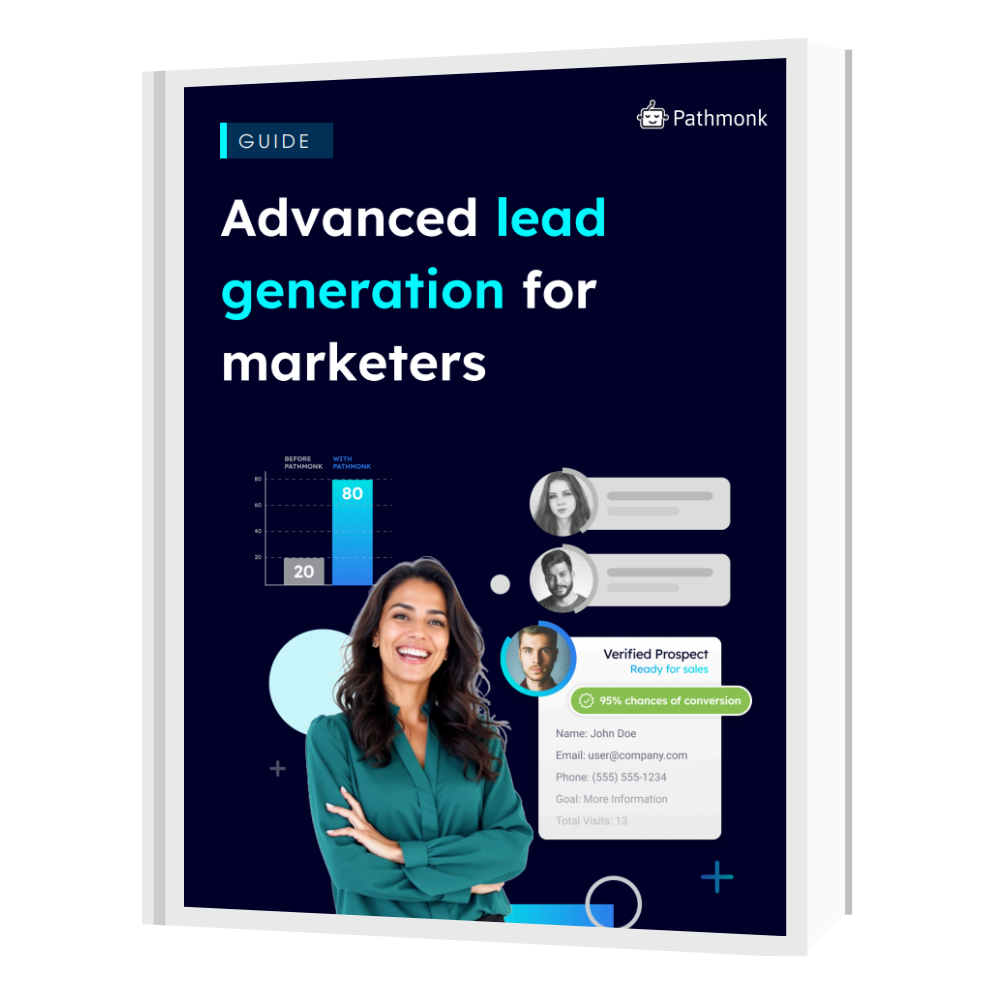
The strategic countermeasure: Your own intelligence layer
The instinctive reaction to the “black box” problem is to pull back from automation, lock campaigns into manual controls, and reclaim every lever.
That’s the wrong move.
The platforms’ AI isn’t going away, and it will continue to outperform human reaction speed in tasks like bid adjustments, ad rotation, and dynamic targeting. The smart play isn’t to reject platform AI, but to counterbalance it with your own.
An advertiser-side intelligence layer sits between your brand and the publisher APIs. Its role is not to replace what Google or Microsoft’s AI can do, but to direct it—feeding it cleaner data, sharper targeting signals, and rules that reflect your specific business objectives.
At its core, this intelligence layer delivers three capabilities:
- Intent mapping. Continuously clustering queries, clicks, and conversion data into intent themes you control, not ones inferred by the platform. This allows you to expand intelligently into new search territory while guarding against drift into irrelevant or low-value clicks.
- Precision targeting. Creating refined audience segments from your first-party and contextual data, then pushing them back into platform targeting fields as structured audience signals.
- Brand guardrails. Enforcing compliance, messaging, and strategic alignment so platform automation never compromises brand positioning for the sake of reach.
The payoff isn’t just better campaign hygiene. When you feed the platform AI high-quality, highly relevant inputs, you influence how its algorithms explore and optimize on your behalf. This creates a performance feedback loop: better inputs lead to better placements, which generate cleaner data, which in turn sharpens the model’s understanding of your ideal customer. Over time, you’re not just running ads—you’re training the platform AI to work for you, not just for itself.
In an AI-vs-AI environment, the side that wins isn’t the one with the bigger budget,it’s the one with the smarter inputs and the tighter feedback loop. Platforms will keep pushing their automation further; your competitive edge will come from having a machine that knows your business better than theirs does.
How Pathmonk turns your paid clicks into conversions
Most advertisers obsess over targeting and bidding, but once a visitor lands on the site, the journey is static. That’s where conversions leak, and where Pathmonk changes the game for PPC.
Increase conversions from your PPC campaigns
Achieve high-converting campaigns with personalized website experiences
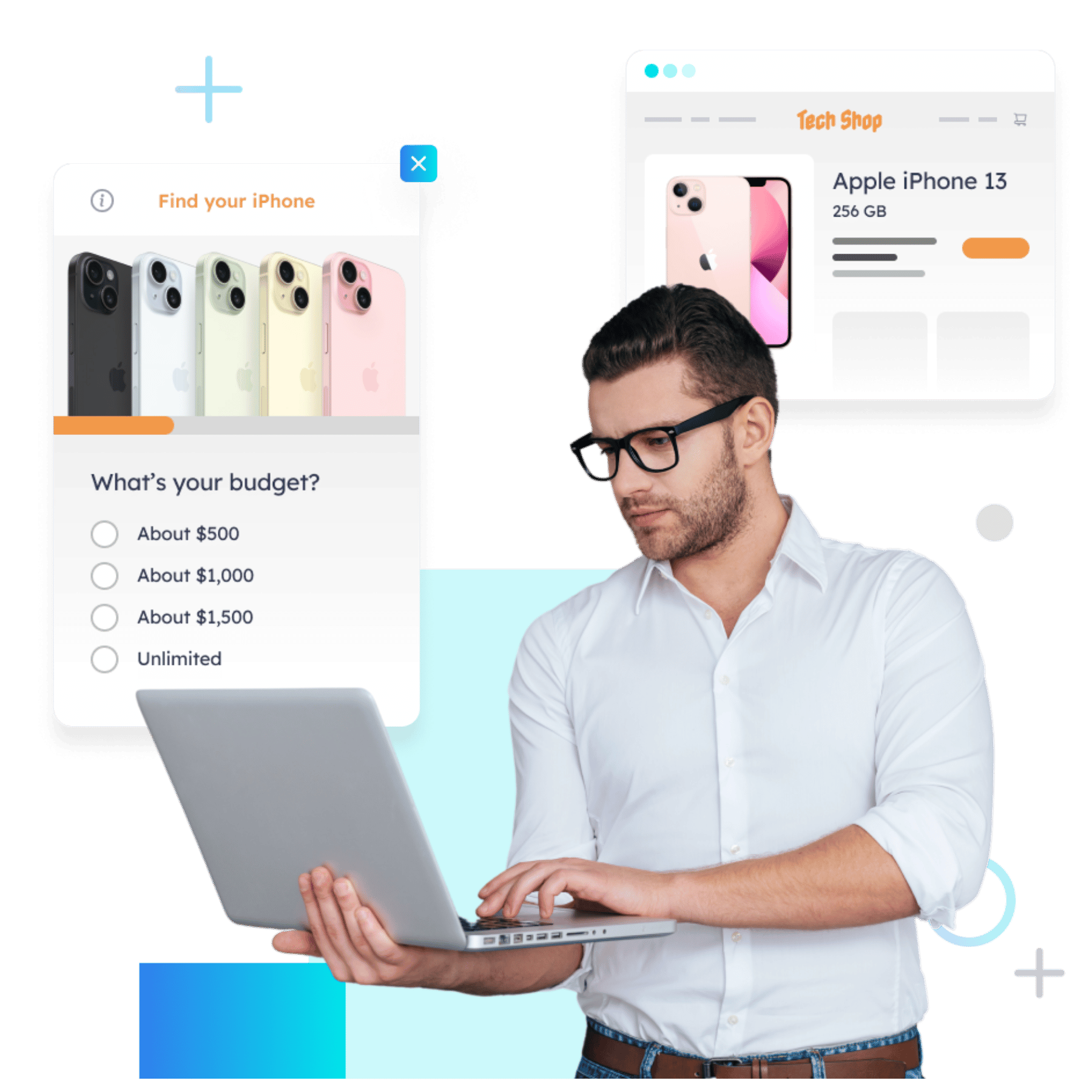
Pathmonk uses AI-powered intent detection to analyze a visitor’s behavior in real time: scroll depth, click patterns, dwell time, navigation flow, and even hesitation moments. Within seconds, the system predicts the visitor’s stage in the buying journey—awareness, consideration, or decision—and deploys a microexperience designed to move them forward.
Here’s how it works for paid traffic:
- Intent-based personalization. A visitor from a high-intent PPC campaign might see a testimonial carousel, a product demo invite, or a limited-time offer—content matched to their readiness to convert.
- Stage-aware CTAs. Low-intent visitors get educational assets or diagnostic tools; high-intent visitors get direct booking prompts or pricing reveals.
- Friction reduction. Pathmonk surfaces exactly what’s needed to answer objections at the moment they arise, preventing drop-offs that cost you CPA.
The result? Your ad spend doesn’t just buy a click, it buys a tailored experience that maximizes the probability of conversion.
Because the system learns from every interaction, the personalization loop gets sharper over time, continuously improving ROAS without increasing budget.
Increase +180%
leads
demos
sales
bookings
from your website with AI
Get more conversions from your existing website traffic delivering personalized experiences.
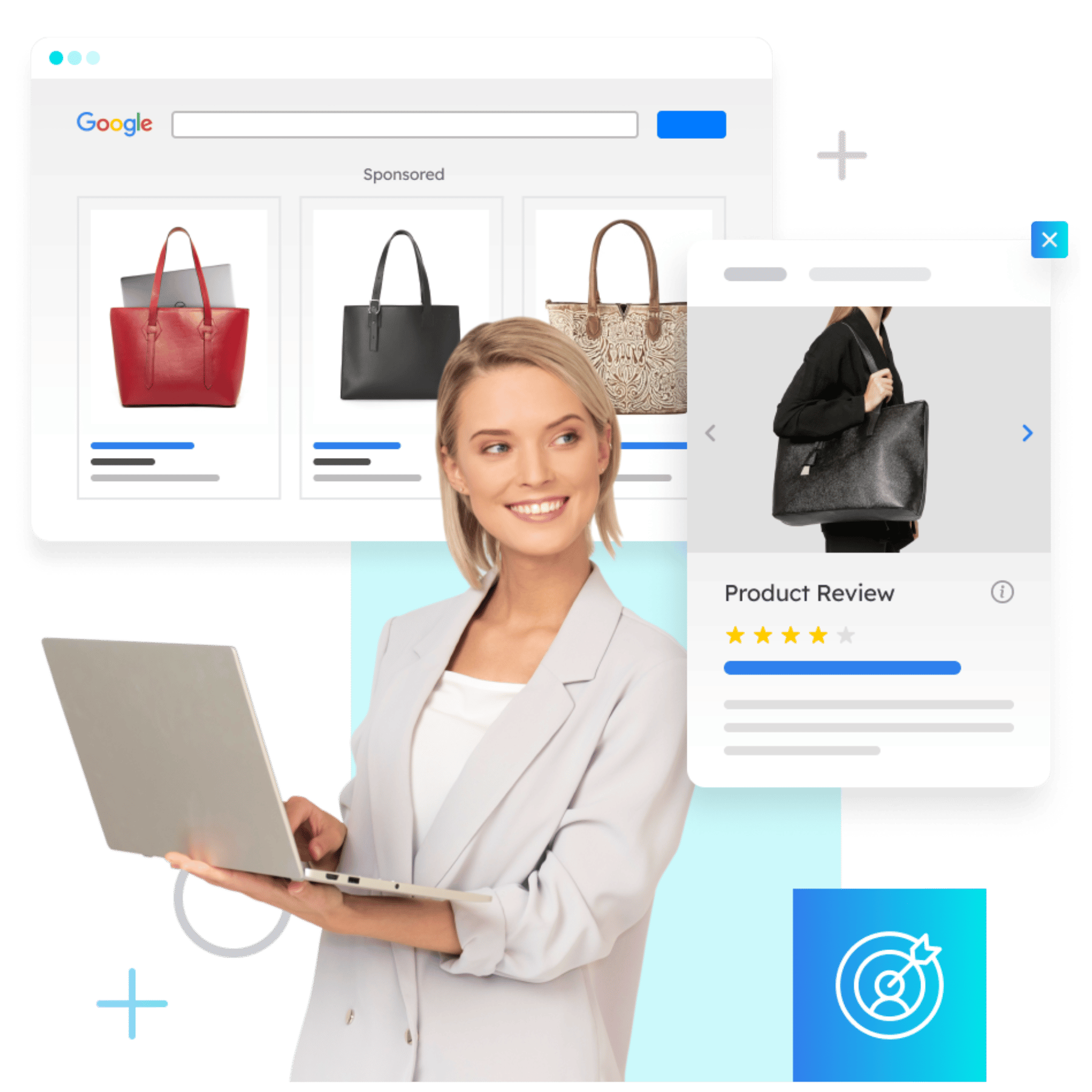
FAQs about the future of PPC and AI
Can AI-powered PPC work without third-party cookies?
Absolutely—and in many cases, it can work better. The loss of third-party cookies doesn’t mean the end of precise targeting; it means the end of lazy targeting. Instead of chasing users across the internet with retargeting pixels, AI-powered PPC can identify intent from real-time behavioral and contextual signals—what people are searching for, how they interact with your site, and patterns in the content they consume.
The real unlock is in first-party data combined with AI-driven prediction. Your CRM data, past purchase history, and engagement metrics become the foundation. AI models then analyze this alongside live interaction data to forecast who is most likely to convert, even before they actively search for your product. This predictive approach not only sidesteps privacy concerns but often outperforms cookie-based targeting because it focuses on live, high-intent opportunities rather than stale audience segments.
What’s the most important skill for PPC managers in the AI era?
In an AI-driven PPC landscape, the most valuable skill isn’t bid management or keyword research, it’s actually AI orchestration. PPC managers must shift from being campaign operators to strategic directors of AI systems. This means understanding how platform algorithms work, where they have blind spots, and how to counterbalance those blind spots with advertiser-side intelligence.
Practically, this involves three core abilities: feeding clean, high-quality signals into platform AI; setting clear brand and performance guardrails; and creating feedback loops that make your AI models smarter over time. It’s less about “pulling levers” in the interface and more about designing the system that pulls them for you—with precision, brand safety, and profitability in mind. Those who master this orchestration role will have a compounding advantage as automation continues to dominate PPC.
How does Pathmonk help improve PPC results?
Most PPC strategies stop at the click, but in reality that’s where Pathmonk starts. Every paid visitor arrives with a different level of intent, and treating them all the same is a conversion killer. Pathmonk’s AI analyzes a visitor’s behavior in real time—scroll depth, dwell time, click flow, even subtle hesitation patterns—to predict where they are in the buying journey.
Once intent is identified, Pathmonk deploys microexperiences tailored to that stage. A decision-ready visitor might see a testimonial or a direct call to book a demo, while someone in the research phase might get a relevant guide or interactive tool. This approach turns generic landing pages into dynamic conversion engines—closing the gap between traffic acquisition and revenue. Because Pathmonk learns from every interaction, your personalization becomes sharper over time, boosting ROAS without increasing ad spend.
How should PPC budgets be allocated in an AI-first environment?
AI fundamentally changes the way budgets should be managed. In the past, you might have set monthly or quarterly allocations by campaign based on historical performance and market assumptions. But AI-driven PPC allows you to make budget decisions dynamically, shifting spend toward high-performing segments in near real time. That means you’re no longer tied to rigid allocations—you can reassign budget mid-week or even mid-day to capture opportunities as they emerge.
The key is to structure campaigns so they give the AI room to optimize within strategic boundaries. That includes defining your highest-value audience clusters, setting guardrails for CPA or ROAS targets, and ensuring your conversion tracking is airtight. With that foundation, AI can move budget fluidly to where it will generate the most profitable conversions right now—not just where you assumed it would work when you planned the quarter. This approach reduces waste and compounds gains, but it also requires marketers to trust the system while still monitoring it for alignment with business objectives.
What KPIs matter most for PPC success in the next 3–5 years?
The automation wave is making traditional PPC metrics like click-through rate (CTR) and average cost per click (CPC) less meaningful as primary success indicators. Those are still useful for diagnosing campaign health, but they don’t answer the most important question: Is this making us more money? In the AI era, the KPIs that matter most will be profit-centric and holistic.
Two standouts are cost per acquisition (CPA) measured against customer lifetime value (CLV), and incremental lift—the additional revenue generated by your PPC spend that wouldn’t have happened otherwise. Other high-value metrics include revenue per impression and the ratio of marketing spend to net new profit. These KPIs ensure that AI systems aren’t just optimizing for the cheapest clicks or the most conversions—they’re optimizing for the right conversions that align with your bottom line.
How can small teams compete with enterprise budgets in AI-powered PPC?
One of the most exciting shifts AI brings to PPC is that it levels the playing field. A well-run campaign with precise, high-quality signals can outperform a bigger spender who relies solely on default platform automation. For smaller teams, the edge comes from signal quality, agility, and integration.
Signal quality means training the AI with the cleanest possible inputs—tight audience definitions, high-value conversion tracking, and creative that speaks directly to your target segments. Agility means testing rapidly, iterating based on live performance, and feeding those learnings back into the system before a larger competitor has even rolled out their next campaign update. And integration means connecting your PPC efforts with on-site personalization and post-click optimization tools (like Pathmonk) so every visitor has the highest possible chance of converting. In an AI-driven environment, it’s not the biggest spender who wins—it’s the one who can adapt and learn the fastest.

